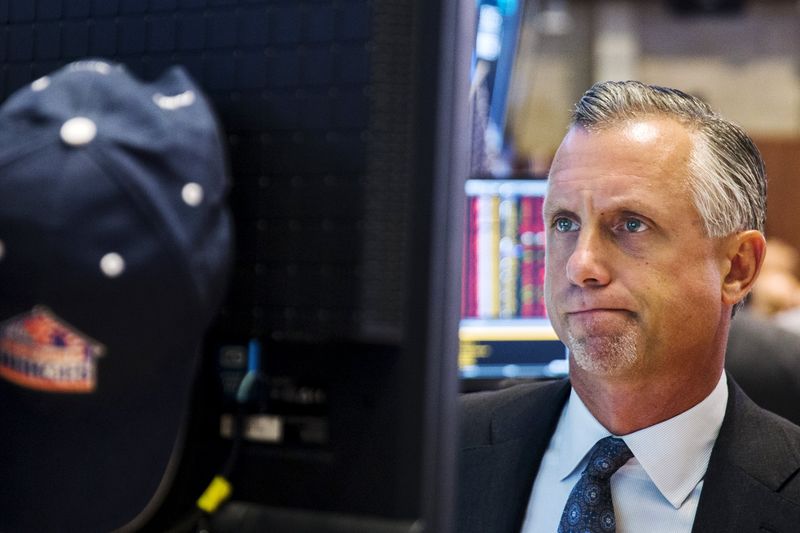Investing.com - Here are the top five things you need to know in financial markets on Monday, April 3:
1. Global stocks kick off second quarter on firm footing
U.S. stock market futures pointed to a slightly higher open on Monday morning, as investors looked ahead to a busy week that includes a meeting between Chinese President Xi Jinping and U.S. President Donald Trump and culminates in the monthly U.S. jobs report.
The blue-chip Dow futures added 26 points, or around 0.1%, by 5:55AM ET (09:55GMT), the S&P 500 futures inched up 2 points, while the tech-heavy Nasdaq 100 futures tacked on 8 points.
In Europe, stocks were modestly higher in lackluster mid-morning trade, with Germany's DAX up around 0.4%, while London's FTSE 100 increased 0.1%, as investors digested generally upbeat economic data.
Earlier, in Asia, markets ended mostly higher, with Japan's Nikkei gaining around 0.5%. The Shanghai Composite in China was closed for a public holiday.
2. Dollar steady but struggles to make headway
The dollar was holding steady against a basket of the other major currencies on Monday but struggled to make headway as investors awaited fresh signals about the timing of the next U.S. interest rate increase this year.
The U.S. dollar index was at 100.40 in New York morning trade, keeping distance from last week's four-and-a-half month low of 98.67.
3. Fed speakers, U.S. data ahead
There are three Fed speakers on the calendar for Monday. New York Fed chief William Dudley is expected to be the most important, with a 10:30AM ET (14:30GMT) discussion on financial conditions.
Philadelphia Fed President Patrick Harker speaks at 3:00PM ET (19:00GMT), while Richmond Fed President Jeffrey Lacker is due to deliver comments at 9PM ET.
On the data front, investors will have a look at March auto sales, construction spending and ISM manufacturing, all released at 10AM ET (14:00GMT).
Market experts do not expect the Fed to raise interest rates again until June. Futures traders are pricing in around a 50% chance of a hike at the Fed's June meeting, according to Investing.com’s Fed Rate Monitor Tool. Odds of a September increase was seen at about 75%.
4. Oil catches breath after rallying to 4-week highs
Oil prices wavered between small gains and losses on Monday after reaching the strongest level in almost four weeks amid optimism that OPEC will extend its production-cut deal beyond June.
U.S. crude was up 6 cents, or about 0.1%, to $50.67 a barrel. It touched its highest since March 8 at $50.85 in the prior session.
Brent added 2 cents to $53.55. The global benchmark hit $53.77 on Friday, the most since March 9.
Oil prices rose around 5% last week, the biggest weekly rise in four months, bolstered by increasing optimism that major producers will keep output capped in the second half of the year.
5. Global manufacturing PMI's point to improving economy
Signs of upbeat factory growth in Europe and Asia gave the global manufacturing sector a solid boost heading into the second quarter.
IHS Markit's final manufacturing Purchasing Managers' Index for the euro zone rose to 56.2 in March, the highest since April 2011, from February's 55.4. It was in line with a flash estimate and far above the 50 mark that separates growth from contraction.
Manufacturing PMIs for Germany, France and Italy all rose compared with the previous month, as an improving global economy boosted export demand in the region's biggest economies.
In the U.K., manufacturing activity registered an unexpected dip in March, falling to a four-month low as inflationary pressures continued to build.
Elsewhere, factories across much of Asia posted another month of solid growth in March. China again led the way, with an official manufacturing index expanding at the fastest pace in nearly five years, while factory surveys showed encouraging growth as well in Japan, India and much of emerging Asia.
